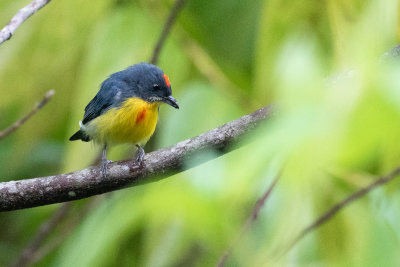
Crimson-breasted Flowerpecker (Prionochilus percussus) |
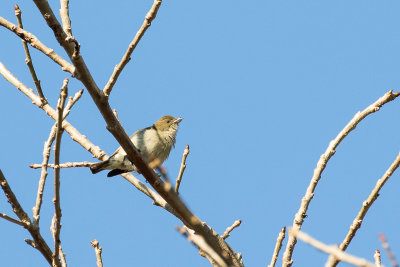
Tenggara Flowerpecker (Pachyglossa obsoleta) |
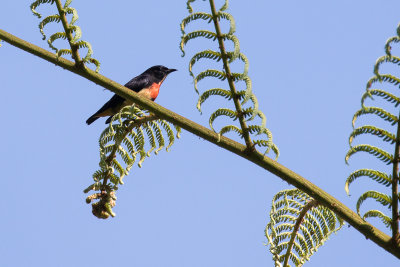
Flores Flowerpecker (Dicaeum rhodopygiale) |
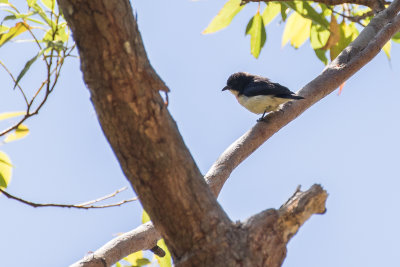
Timor Flowerpecker (Dicaeumn hanieli) |
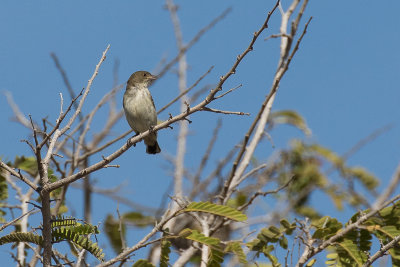
Tenggara Flowerpecker (Pachyglossa obsoleta tincta) |
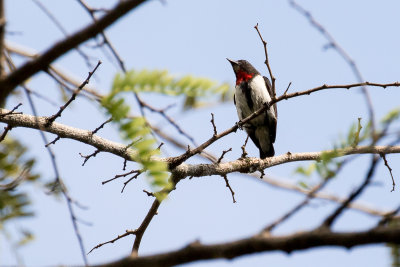
Red-chested Flowerpecker (Dicaeum maugei) |
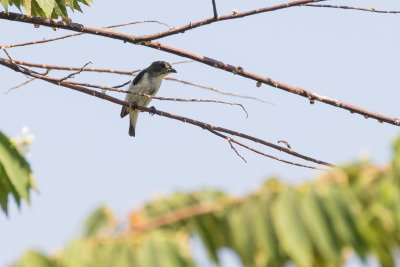
Red-chested Flowerpecker (Dicaeum maugei) |
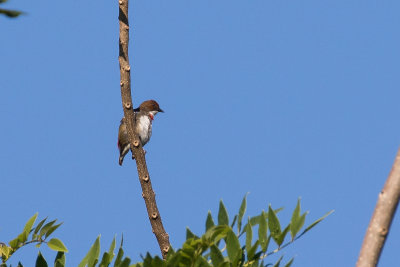
Red-banded Flowerpecker (Dicaeum eximium) |
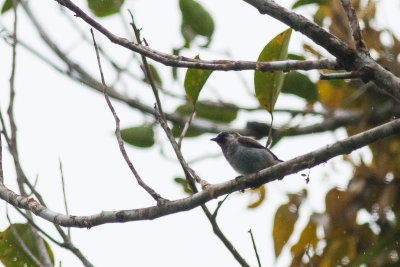
Mottled Flowerpecker (Dicaeum tristrami) |

Midget Flowerpecker (Dicaeum a. aeneum) |
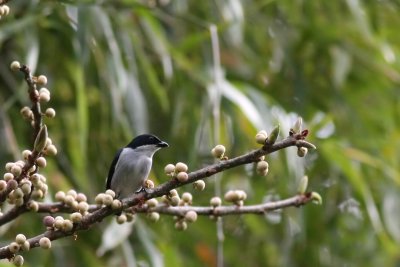
Bicolored Flowerpecker (Dicaeum bicolor) |
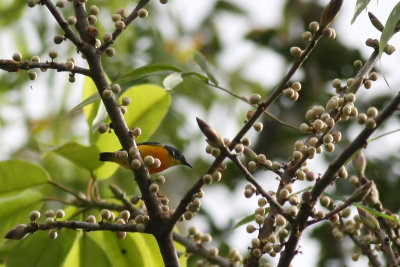
Orange-bellied Flowerpecker (Dicaeum trigonostigma) |











